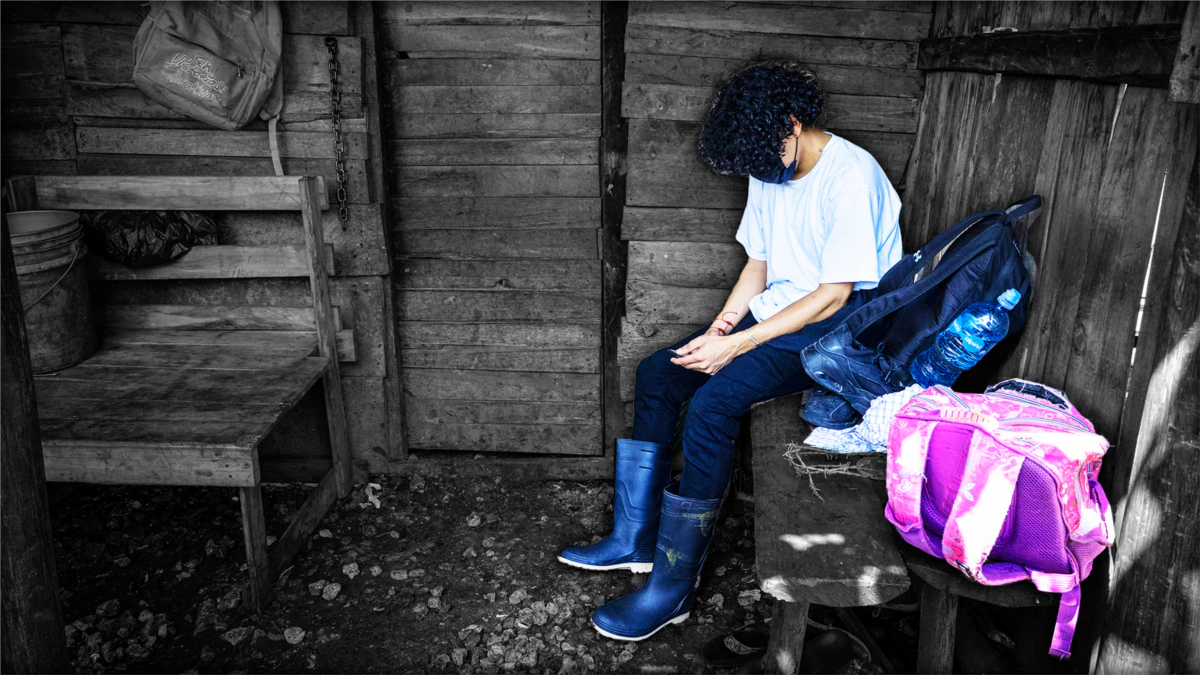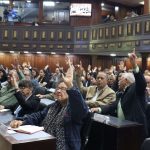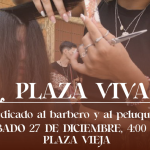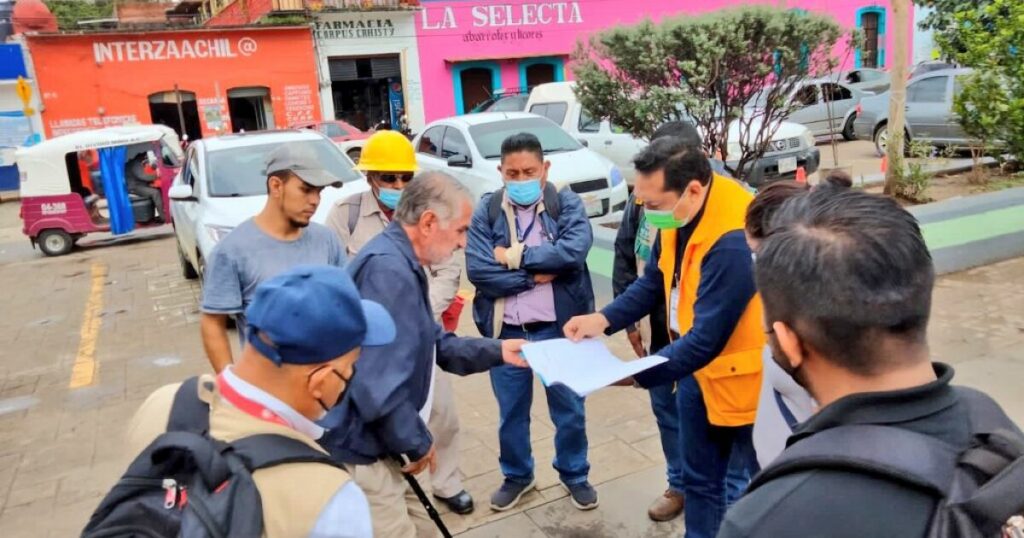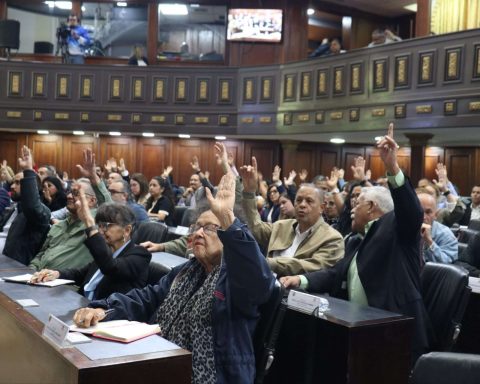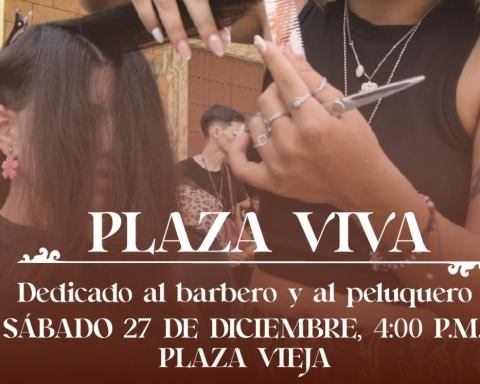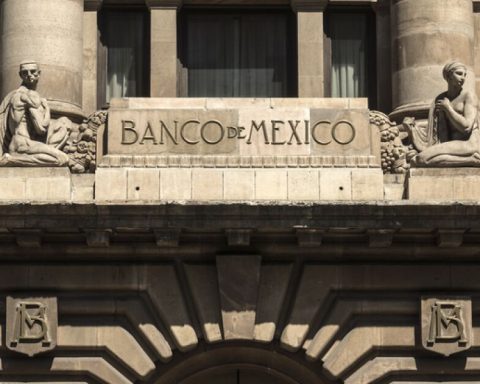*Jeison Álvarez stuffed into her small suitcase a couple of shirts, two pants, her Nicaraguan passport and a printed photograph of her 6-year-old girl, whom she says she may not see for at least a decade.
He had settled for the last two years in Costa Rica, where he arrived fleeing persecution by the government of Daniel Ortega, who branded him a “coup leader” for joining the anti-government demonstrations of 2018. Now he is secretly returning to Nicaragua through the border, just to say goodbye to his daughter and her family. In Costa Rica he worked in a barbershop, but with the coronavirus pandemic his income was reduced and now he wants to go to the United States in search of a better economic situation.
In San José, Álvarez boarded a bus that left him at a bus stop near the Nicaraguan border, where a “coyote” was waiting to take him to the other side.
He crosses with the coyote “to save money,” says Álvarez, “and obviously because I don’t want them to have my registration when passing through Nicaragua, because I would go to jail.”
There is no legal impediment for a Nicaraguan to return to their country from Costa Rica, but many exiles who have fled the Ortega government, like Ramírez, avoid doing so and choose to enter Nicaragua illegally across the border for fear of being recognized by the authorities. authorities and detainees. It is also a cheaper route for many.
Teams of the press and the voice of america accompanied Ramírez during his journey across the border.
The wall and the dangers
Migrants cross the border through what they call “blind spots” because it is assumed that they manage to go unnoticed by the authorities of Nicaragua and Costa Rica. However, they do not go unnoticed by thieves, and many of the migrants are at risk of being robbed and left without money or belongings.
María Estela Hurtado Hurtado is a Nicaraguan nationalized in Costa Rica who claims to see “a bunch” of migrants passing by daily near her patio, which adjoins one of the “blind spots”, near a huge wall of cans that Ortega sent to be installed on the Peñas Blancas border in order to block the departure of migrants.
Hurtado recounts “horrors” that he has had to see, including migrants abandoned on the Nicaraguan side after being robbed on Tico soil and returned by the Nicaraguan military. “They beat them up,” he says.
“It has given me a lot of grief and it makes me sick. One day in the morning, because my job is that I throw out tortillas, opening the door I hear the shouting because they had already assaulted some migrants and they had taken all the money from them, they hit some children and left them without anything, they even took their shoes ”, he recounts.
“I gave them a tortilla with cheese, coffee and told them ‘if you’re calm here, go to Tico migration, maybe they’ll help you, give you some support or where to stay while you collect money and leave.’ I had them here for two days. They went out to ask the buses, it seems that they collected little money because I never saw them again,” Hurtado said.
The local woman remarks that in the “wall”, as they say to the zinc sheets guarded by the Nicaraguan side, the assaults have increased and the crossing of migrants has been complicated, who must go under it opening holes, or jump over it, risking injury. , or go around it and run the risk of passing a creek or being mugged.
In March 2022, President Ortega ordered the construction of a four-kilometer-long zinc wall from the Peñas Blancas border post to the Cabalceta River.
The amount that migrants pay to the “coyotes” for the routes near the wall is 10,000 colones (about 15 dollars), which for a time rose to 25,000 colones (about 38 dollars) because the distance they had to travel had increased and the risk for crossing the creek or through the wall.
The military, according to the residents of the border, have “hours in which they leave” the area, and it is then that the thieves take advantage of it to assault the migrants.
The way
The route chosen by Nicaraguans is mostly south, to Costa Rica.
Eliezer, another migrant from Granada who is in exile in Costa Rica after the November 2021 elections —where Ortega was re-elected after imprisoning almost all opponents— has visited Nicaragua on a couple of occasions irregularly. Going through the established routes on the border would be a problem for him, according to him, because he is in danger of being arrested for being an opponent of the government.
The road where he traveled irregularly states that it was a bit “flexible”, in relation to other times when it rains and there is a lot of mud.
He assures that he crosses the border in this way to reduce costs, but also to avoid any type of encounter with the Nicaraguan immigration authorities, since his family “has been called coup plotters” and they are constantly harassed.
“We were visiting Nicaragua quickly,” says the 26-year-old man, while holding one of his daughters in his arms.
More than 50 irregular points
Along the entire border of Nicaragua and Costa Rica, whose length is about 300 kilometers, stretching between the coasts of the Caribbean Sea and the Pacific Ocean, there are about 51 irregular steps that have been detected, according to a study carried out by the Arias Foundation.
Among the people who carry out migrant smuggling activities, called “coyotes”, there are people who carry it out “in good faith and as an economic alternative”, but on the other hand there is a danger of human trafficking and “trafficking of other goods”, notes the Foundation.
One of those who identifies himself as “coyote” agreed to talk with the VOA Y the press under the condition of anonymity. This man, with rough features and strong character, says that migration has increased in recent years in an “impressive” way and that in a certain way has helped his family in Nicaragua generate income.
“If migration was 40 percent before, now it’s 80 or 90 percent. There are too many migrants,” says the man.
“We are not doing this to do it, but out of necessity. In my case, I do it to bring a living to my house,” he added.
He also said what would happen if the military detained him: “If they had caught me crossing over there [en la frontera]I would have to pay for that sheet [de zinc]. It’s 15,000 colones for a sheet of zinc, 10,000 colones we charge migrants to pass them, so I don’t earn anything. I spend up to five a day [migrantes], but when I work with many clients, I sometimes go up to 10, depending. Sometimes groups of up to 15 people come to me. One group, one day.
“I am Nicaraguan, it is the only way to survive here in this town,” said the 25-year-old man.
According to the Costa Rican authorities, Nicaraguan migrants represent around 90 percent of the refugee applications in this country, and 11.5 percent of the 5.2 million inhabitants of Costa Rica.
Since the political crisis that began in Nicaragua in 2018, Costa Rica has received some 180,000 refugee applications, and of those 89 percent are from Nicaraguans, while the rest are divided between Venezuelans, Colombians and Salvadorans, according to Allan Rodríguez, Deputy Director of Immigration and Immigration.
A study by the AmericasBarometer, carried out between June 3 and August 28, 2021, showed that 52 percent of the almost 3,000 interviewed in Nicaragua wanted to leave the country. The most important reason Nicaraguans thought of making this decision was lack of economic opportunity (53 percent), as well as lack of educational opportunities (21 percent). 21 percent gave other reasons.
At one of the points the press Y voice of america traveled and that the neighbors described as “a muddy journey”, people rent rubber boots to cross the border irregularly.
Remilio García, a 74-year-old border resident who lives near a mountain, showed a ravine where he says migrants pass, often with small children.
“A lot of people pass through here. It comes from everything [personas] with children, adults of all ages. It’s complicated, but since they bring them up or pay people to lift them up, there are motorcycles, many motorcycles. They cross them on motorcycles on some sides, ”says García, although he acknowledges that there are places where the road is so bad and muddy that it is impossible to cross on motorcycles.
“No one wants to leave their country”
Another of the migrants with suitcases on the road and with a child on his lap, who preferred not to identify himself for his safety, comments that they constantly cross the border irregularly because “it is cheaper.” Like many, he says that “nobody wants to leave their country, but sometimes the situation calls for it.”
“There is no work, and if there is, it is too exploitative and the pay is nothing. Two months ago we left, first because of the economy and the second because there was the political issue, the government,” he says.
“I miss Nicaragua, as I told you at the beginning, you don’t want to go out and leave your country, but sometimes we don’t do it for ourselves. At least those who have children no longer do it for themselves, but for their children,” he says while waiting for a bus to take him out of Peñas Blancas and away from Nicaragua.
*The migrant identified as Jeison asked that a fictitious name be used for fear of retaliation.
[Suscríbete a nuestro canal de YouTube y activa las notificaciones, o bien, síguenos en las redes sociales: Facebook, Twitter e Instagram]
